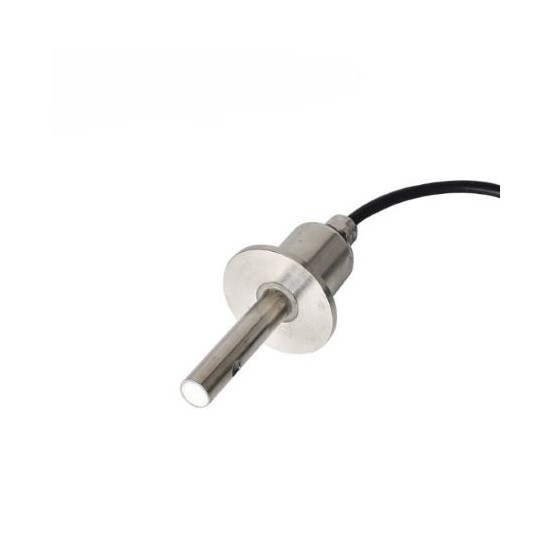
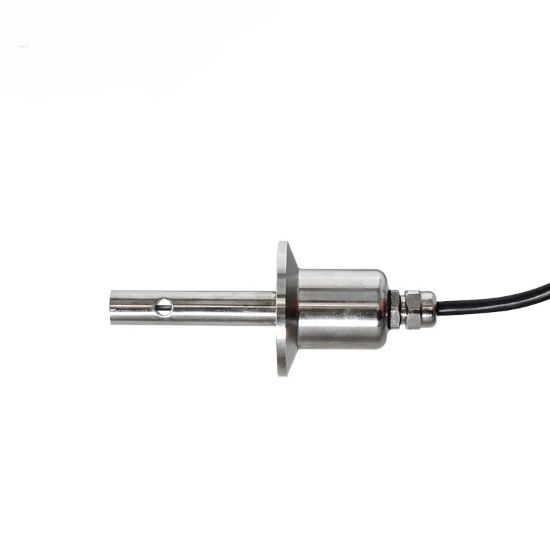
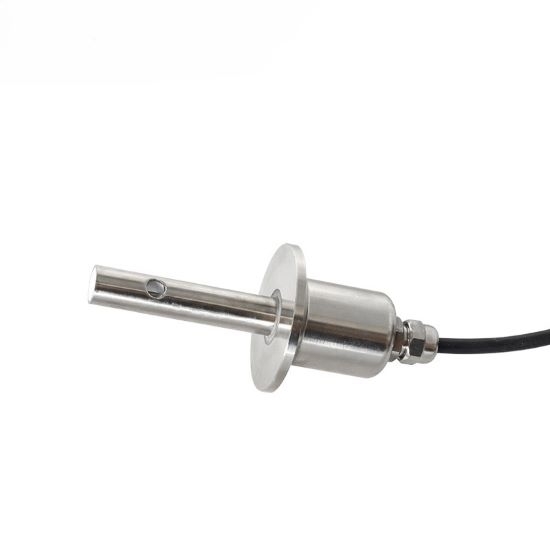
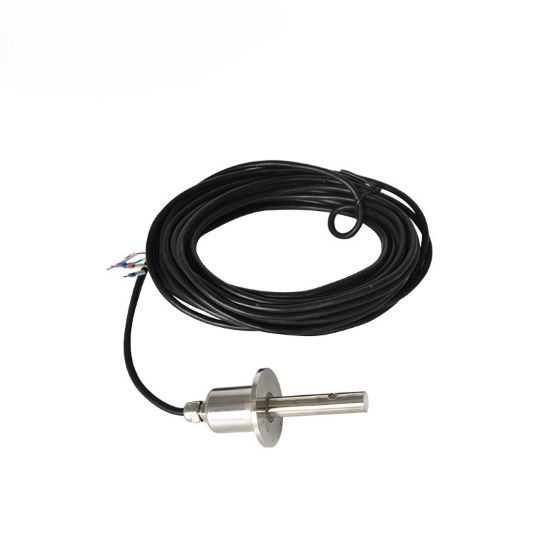
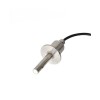
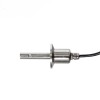
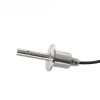
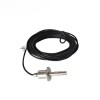
High Temperature Conductivity Sensor, 0~130℃, 0~2000μs/cm
from
$703.07
Ex Tax: $703.07
- Stock: In Stock
- Model: RDDLZ-CS-100-1
- Weight: 1.00
- SKU: RDDLZ-CS-100-1
Available Options
Create unlimited custom product blocks and display them in accordions or tabs or open blocks. Each block can be assigned to all products at once or specific products according to advanced criteria.
Create unlimited custom product blocks and display them in accordions or tabs or open blocks. Each block can be assigned to all products at once or specific products according to advanced criteria.
High temperature conductivity sensors have the advantages of accurate measurement, sensitive response, and durability. The high temperature conductivity transmitter has an accuracy of up to 2% FS and a resolution of 2% FS. It is made of high temperature resistant stainless steel. The measurement temperature range is 0~130℃, the measurement range is 0~2000μs/cm, and the signal output is stable and has less interference.
Specification
| Model | RDDLZ-NCD-100-1 |
| Measurement Range | 0~2000μs/cm |
| Temperature Range | 0~130℃ |
| Accuracy | 2%FS |
| Resolution | 2%FS |
| Temperature Compensation | NTC10K |
| Material | High temperature resistant stainless steel |
| Power Supply | 220V |
Features
- The constant high temperature conductivity electrode measures accurately and reacts sensitively.
- It has high measurement accuracy, fast response and good repeatability.
- The high temperature conductivity sensor is made of high temperature resistant stainless steel, which is firm and durable.
Wiring
Application
Tips: Types of conductivity sensors
Conductivity sensors can be divided into many types according to their measurement principles, structural designs, and application scenarios. The following are common types of conductivity sensors and their characteristics:
- Contact conductivity sensor: Directly contacts the solution through electrodes to measure the conductivity of the solution. Contact conductivity sensors usually use two-electrode or four-electrode structures and are suitable for most liquid measurements, such as water quality monitoring, industrial process control, etc. They may be affected by electrode contamination or polarization effects and require regular calibration and maintenance.
- Inductive (electrodeless) conductivity sensor: Using the principle of electromagnetic induction, an alternating magnetic field is generated through a coil, and the eddy current effect in the solution is measured to calculate the conductivity. Inductive (electrodeless) conductivity sensors do not come into direct contact with the liquid to avoid electrode contamination and corrosion. They are suitable for highly corrosive, highly polluted or high conductivity liquids (such as strong acids, strong alkalis, and sewage). They are usually large in size and are not suitable for low-conductivity measurements (such as ultrapure water).
- High temperature and high pressure conductivity sensor: Made of high temperature and high pressure resistant materials, suitable for extreme environments. High temperature and high pressure conductivity sensors are used in high temperature and high pressure scenarios such as boiler water, geothermal fluids, and petrochemicals. They are usually made of corrosion-resistant materials such as titanium and Hastelloy.
- Online conductivity sensors: Integrated in pipelines or reactors to monitor liquid conductivity in real time. Online conductivity sensors are suitable for industrial automation control, such as chemical and food and beverage production. They usually have automatic cleaning functions to reduce maintenance requirements.
- Portable conductivity sensors: Miniaturized design is used to facilitate rapid on-site detection. Portable conductivity sensors are often used in environmental monitoring, agricultural irrigation, aquaculture and other scenarios, and are usually used in combination with multi-parameter probes such as pH and dissolved oxygen.
- Graphite electrode conductivity sensor: Graphite electrodes are used instead of metal electrodes to reduce polarization effects. Graphite electrode conductivity sensors are suitable for high-salinity or scaling liquids, have a long life, but have low mechanical strength.
Builder in Product TAB
NEW! Since Journal 3.2, the much improved T.A.B (Tabs Accordion Blocks) system supports the page builder inside the tab content. Unlimited Blocks, Tabs or Accordions with any HTML content or the builder interface (supporting custom rows/columns/modules) can be assigned to any individual product or to certain groups of products, like entire categories, brands, products with specific options, attributes, price range, etc.
You can indicate any criteria via the advanced product assignment mechanism and only those products matching your criteria will display the modules.
Also, any module can be selectively activated per device (desktop/tablet/phone), customer login status and other criteria. Imagine the possibilities.
